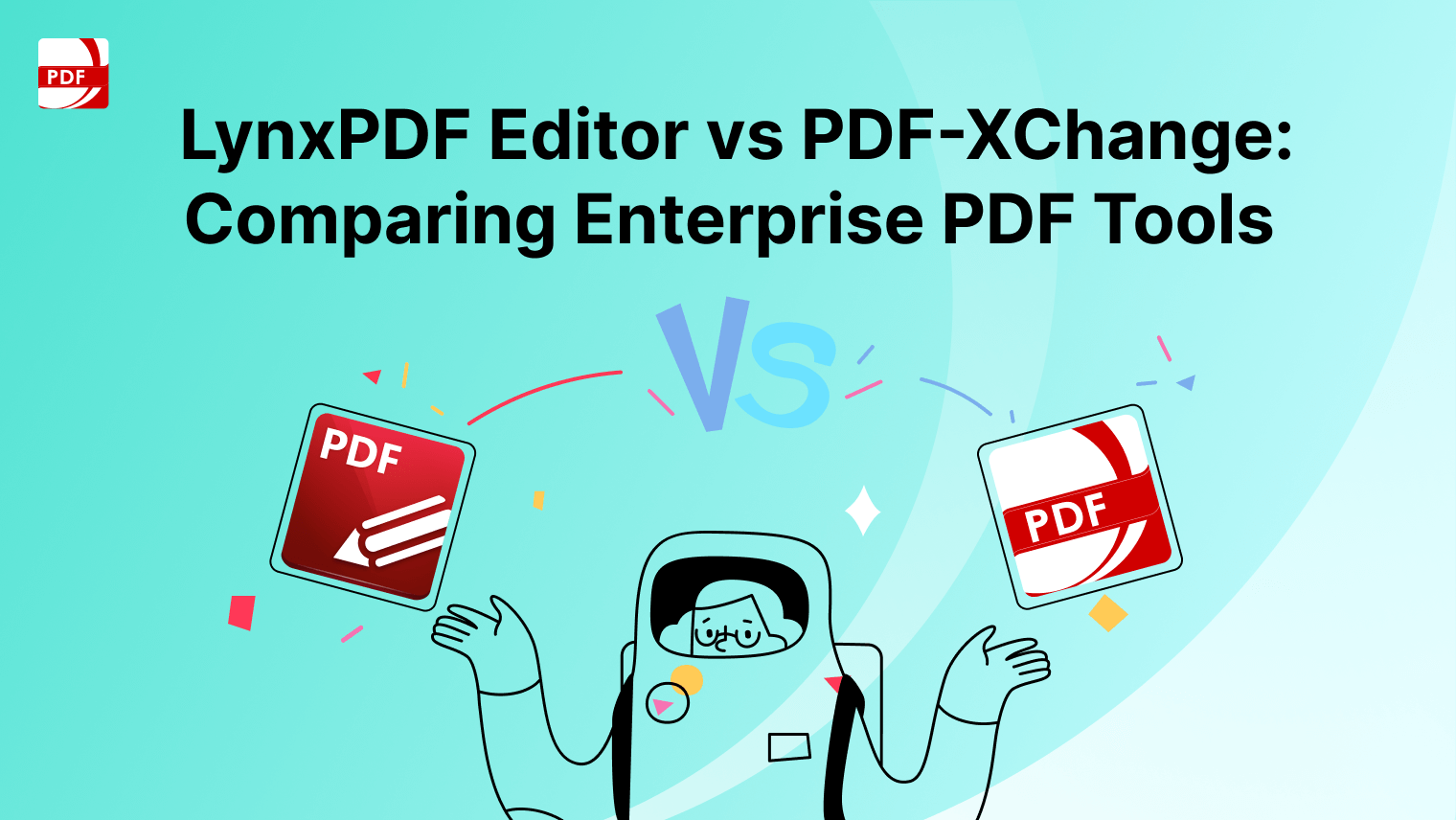Looking for ways to engage your child in fun, educational activities? Magazines for kids are an excellent resource that combines entertainment with learning. Whether your child loves animals, science, stories, or puzzles, there’s a magazine tailored to their interests.
And with many of these publications available in PDF format, it’s easier to access them on the go. In this post, we’ll explore the best magazines for kids that you can read in PDF format, offering a variety of topics to keep young minds curious and engaged!
Top 5 Magazines For Kids
1. Highlights
Image source: Wikipedia
- First Published: 1946
- Editor: Christine French Cully
Highlights is a classic magazine with stories, puzzles, and activities encouraging critical thinking and creativity. It’s been sparking curiosity in children for decades. Highlights is geared mainly to elementary school students; it contains stories and puzzles for children ages six to twelve. One aim of the magazine is to encourage kids to read, and there is something for preschoolers in every issue.
Highlights' illustrations feature people of all colors, and its stories cover diverse communities. Its February 2017 issue included a family with two dads, the first depiction of a same-sex relationship in the magazine's 70-year history.
2. National Geographic Kids
Image source: Wikipedia
- First Published: 1975 (as National Geographic World)
- Company: National Geographic Society
Known for its stunning photography and fascinating articles, National Geographic Kids covers topics like animals, science, and global cultures, making it a favorite for curious minds.
National Geographic Kids publishes ten issues annually. Its headquarters are in Washington, D.C. As of June 2006, the magazine reported a circulation of more than 1.3 million in English, with an estimated English-language readership of more than 4.6 million.
There are also eighteen editions of National Geographic Kids in different languages instead of English, published in Bulgaria, Croatia, Egypt, Germany, Greece, Hungary, Indonesia, Israel, Italy, Lithuania, Benelux, Poland, Romania, Serbia, Slovenia, Turkey, and the United Kingdom. The magazine is written for children between the ages of 6 and 14. It has an advisory board of 500 subscribers and solicits reader feedback after each issue.
In June 2020, the English and Afrikaans editions published in South Africa were converted to digital-only. The magazine had been published in print for 16 years.
The magazine recently launched a spin-off, National Geographic Little Kids, targeted toward children 3–6 years of age.
2009, the magazine launched its first almanac, National Geographic Kids Almanac 2010. In 2010, the almanac continued with an updated book, National Geographic Kids Almanac 2011. Since then, new updates to the almanac have been issued annually.
3. Ranger Rick
Image source: Wikipedia
- First Published: 1967
- Company: Hannah Schardt
Created by the National Wildlife Federation, Ranger Rick focuses on wildlife and environmental conservation. It teaches kids about nature and the importance of protecting our planet.
The magazine offers feature articles and activities for children ages eight and up to spark their interest in the outdoors and encourage them to become more actively involved in protecting the environment. The magazine intends to instill a passion for nature and promote outdoor activity. NWF also publishes two companion magazines: Ranger Rick Jr., aimed at ages 4–8, and Ranger Rick Cub, aimed at kids ages 0–4.
In the magazine series, there are several characters. The three main characters from the magazine's monthly comics are as follows:
- Ranger Rick: He is a raccoon who serves as the park ranger and leader of Deep Green Wood. In the first issue, he was first portrayed extinguishing a forest fire. He and his friends have many adventures together and always look for new ways to help preserve the environment.
- Scarlett Fox: She is an American red fox who wears a red bandana. Originally from the lower Appalachian Mountains, she was portrayed with a Southern accent in her debut in 1983, which was soon dropped. She is cunning and quick-witted, and as Ranger Rick's deputy, she can take command of a situation instantly. She also leads her advice column called "Ask Scarlett."
- Boomer Badger: He is an American badger who first appeared in 1984. Boomer prefers to laze around and play games rather than take care of the environment, and he is shown in modern issues to love electronic devices.
4. Sports Illustrated Kids
Image source: Wikipedia
- First Published: 1989
- Company: Bob Der
For sports enthusiasts, Sports Illustrated Kids offers fun articles, profiles of athletes, and interactive games, keeping children engaged with their favorite sports.
Its contents featured more statistics, predictions, and in-depth looks at team-based and extreme sports. Sports Illustrated Teen first appeared in the January 2004 issue and was published until it was canceled in March 2010 and replaced with a selected article from Sports Illustrated.
Monthly features include comics, humorous captions of athletics photos, child reporters, and player interviews.
The magazine's recurring mascot is Buzz Beamer, a buzz-cut blond-haired Caucasian boy always in dark glasses. He stars in most comics, plays various sports, and appears in several Flash cartoons on the official website. Buzz is created and drawn by award-winning cartoonist Bill Hinds.
Other works have been published under the magazine title, including video games, television shows, and books (such as sports pop-up books).
The December edition of the magazine features the SportsKid of the Year.
Each issue features a poster that can be torn out of the issue.
5. Cricket
- First Published: 1973
- Company: Marianne Carus
Aimed at kids who love storytelling and creativity, Cricket offers fiction, poetry, and art in every issue. It’s perfect for nurturing a young reader’s imagination.
These magazines have been providing enriching content for decades, and with PDF access, your child can enjoy them anywhere!
Cricket magazine is 48 pages long and is published nine times a year by the Carus Publishing Company of Peru, Illinois. It is targeted at children aged 9 to 14.
The magazine contains original stories, poems, folk tales, articles, and illustrations by renowned artists like Trina Schart Hyman. The magazine also features contributions from well-known authors and illustrators such as Lloyd Alexander, Isaac Bashevis Singer, Hilary Knight, and many more.
Additionally, Cricket has a unique feature – an illustrated cast of recurring characters that appear in the margins of each issue, similar to a comic strip. This includes characters like Cricket, Ladybug, and other friends, most of whom are also insects.
These characters are involved in a storyline that runs throughout the issue and also provides commentary on the articles, defining difficult words, drawing attention to unusual facts, and annotating the magazine's content.
How To Read The Best Magazines For Kids In PDF
Reading The Best Magazines for Kids in PDF format using PDF Reader Pro offers a convenient and engaging experience for both parents and children. The Read Mode feature enhances the readability of the magazines by providing a distraction-free interface, making it easier for kids to focus on the stories, puzzles, and activities.
With easy navigation, children can jump between sections and explore the content at their own pace. The zoom and text adjustment features allow for clear reading, even on smaller devices.
Plus, having these magazines available in PDF format means they are portable, and can be enjoyed anywhere, whether you're at home or on the go.
How to Choose the Right Magazine?
Choosing the right magazine for your child can make a big difference in their reading experience and learning journey. Here are some tips to help you pick the perfect one:
1. Consider Their Interests
Start by thinking about what your child loves. If they’re fascinated by animals, National Geographic Kids or Ranger Rick might be a great fit. For sports lovers, Sports Illustrated Kids is ideal, while budding storytellers may enjoy Cricket or Highlights.
2. Age Appropriateness
Look for magazines that match your child's age group. Some magazines, like Ladybug and Chickadee, cater to younger children, while others, like Cricket and The Week Junior, are more suited for older kids.
3. Educational Value
Choose a magazine that engagingly offers educational content. Magazines like Ask and Highlights include activities and stories that encourage learning through fun.
4. Frequency of Publication
Some magazines are published monthly, while others are bi-monthly or quarterly. Consider how often you'd like fresh content for your child to read, and choose a subscription that matches your expectations.
5. Digital Accessibility
Many magazines are available in PDF format, which can be accessed on various devices. Opt for ones that work well with apps like PDF Reader Pro, so your child can enjoy their favorite magazine anytime, anywhere.


